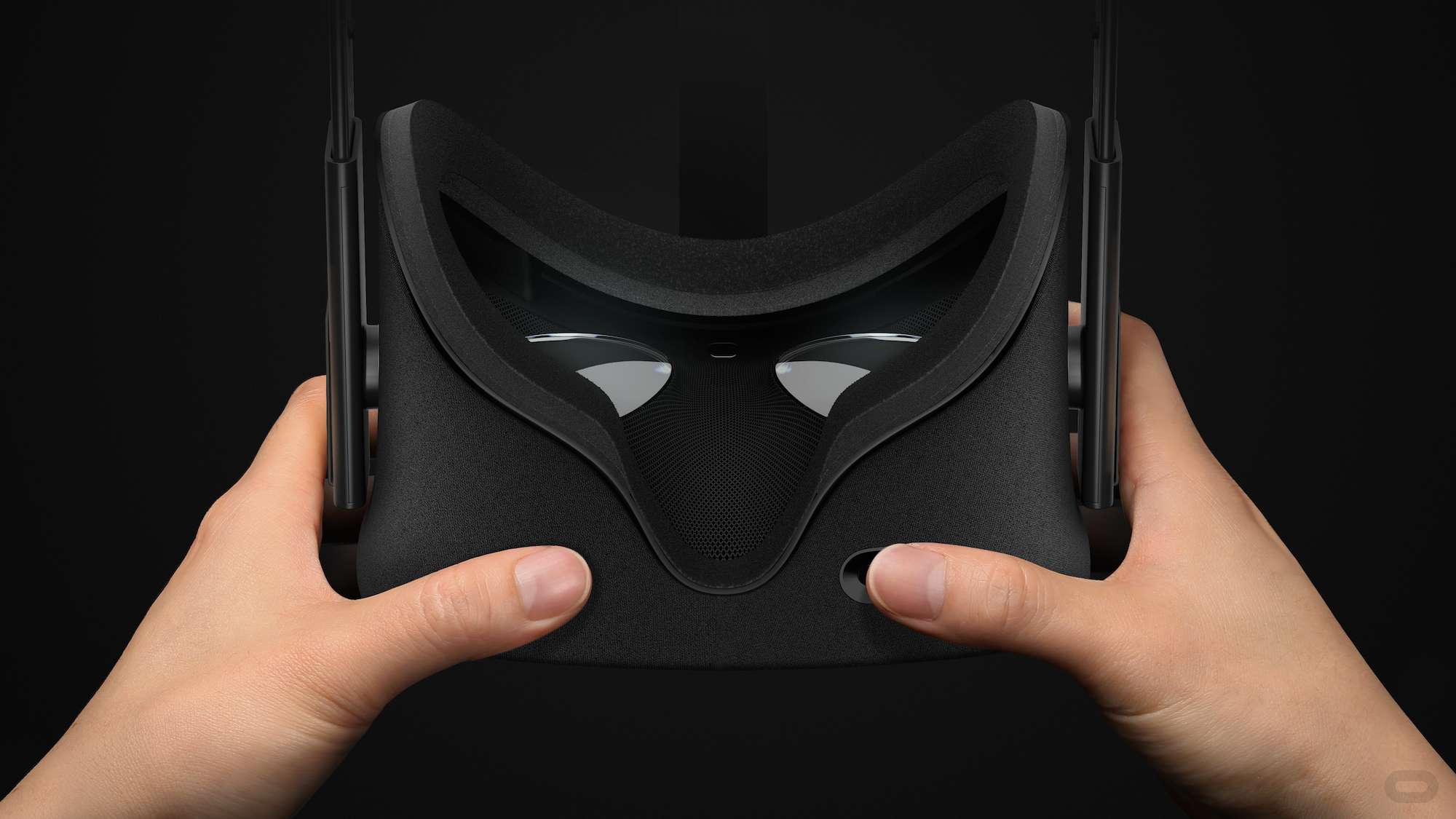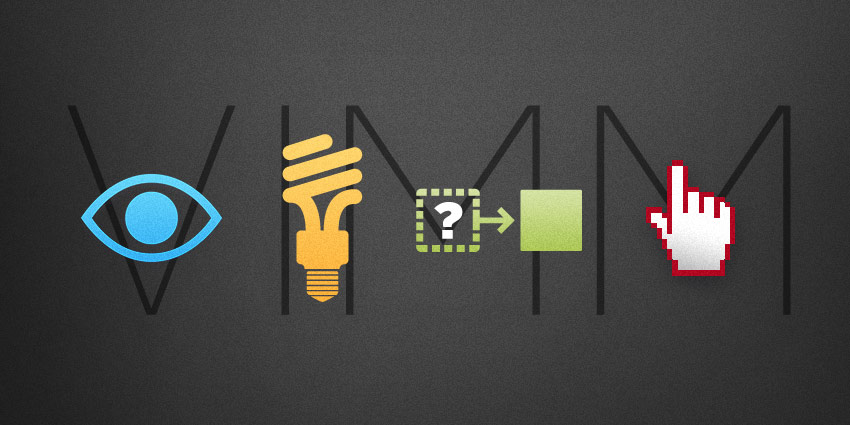The Current State of VR
It’s been almost three years since the initial Oculus kickstarter sparked a modern interest in virtual reality headsets. After a few years of prototypes demonstrated at trade shows, development kits released for sale to the wider public, and a lot of preparation on the software end, we’re just about ready to see consumer-ready headsets hit the market.
Samsung’s Gear VR, a relatively affordable headset accessory for their Note line of phones, had a small-scale “Innovator Edition” release in March and has an improved consumer version on the way this quarter. The more premium and PC-powered headsets, Oculus’ Rift and HTC’s Vive, have both had “development kit” releases, and both are slated for consumer-friendly retail releases in April. Sony is also aiming to release their own Playstation-based headset, the Playstation VR, in the first half of 2016. It’s clear that today’s headsets are far more capable and comfortable than those making up the unfortunate VR fad of the 90s, but how we’ll see the market react to them is less obvious.
Modern VR
If you haven’t tried modern VR yet, it can be pretty natural to assume that the experience is similar to a 3D movie, but the differences are pretty significant. Modern VR headsets aim to replace a user’s vision entirely. They:
- Use smartphone-sized displays in conjunction with lenses to create a 3D image free of crosstalk, dimming, and focus-related headaches.
- Create images that wrap around your peripheral vision instead of filling a small rectangle.
- Have responsive rotational tracking, allowing the user to physically turn their head around and take in their surroundings.
- Most have positional tracking, allowing users to physically lean or even walk around a space.
When you combine all of this, you get a convincing and immersive experience. So many users, when wearing one for the first time, try to reach out and touch elements of the VR environment they’re seeing only to be surprised when they don’t see their own hands. Unsurprisingly, Valve and Oculus have sleek-looking positional input devices on the way to remedy this. The headsets themselves are pretty light, often being compared to a pair of ski goggles. Many of the consumer-ready ones have built-in headphones.
Microsoft’s entry into the head-mounted display field is a bit different. The Microsoft HoloLens, which they’ll be releasing a development version of in early 2016, is probably the most currently talked-about of the “augmented reality” devices. It’s a pair of glasses that overlay rendered imagery on top of what you’d see through traditional glasses lenses instead of replacing your vision entirely. It uses depth sensors to detect the environment around the user, allowing it to do things like align rendered objects to real-world surfaces. Judging by the high price of the development version, the HoloLens is expected to be notably more expensive than any of the VR headsets.
VR Technologies
Given that VR is most effective with real-time 3D visuals, it’s not a surprise that the technology has been making the biggest stir in the video game industry. Oculus and Sony are funding upcoming larger-budget VR titles such as EVE: Valkyrie and Edge of Nowhere in preparation for the consumer launch of their headsets. The ever-successful Minecraft is getting a version tailored for Oculus headsets. Arguably, the two most popular game development frameworks out there, Unreal Engine and Unity, have out-of-the-box support for headsets. A few big-name games like Elite Dangerous and Alien: Isolation are already supporting early versions of the Oculus Rift, and there’s a steady stream of games being released from smaller developers supporting or even being entirely built around the Rift and the Gear VR.
While VR can obviously boost the immersion factor in these games, the technology also allows for some unique game mechanics:
- Motion tracking allows players in Alien: Isolation to physically peek around corners without making themselves clearly visible to the alien that’s hunting them down, for example.
- Elite lets players simplify the process of piloting their spacecraft by letting them look at different areas of the cockpit to access different flight controls.
- Keep Talking and Nobody Explodes is a game in which one player wears the headset and describes a bomb that only they can see and interact with to other players in the room, who then use a printed bomb defusal manual to guide the headset-wearing player through the defusing process.
Many demonstrations of the technology have been based around non-interactive scenes. For the release of Interstellar, Paramount put together a VR exhibit allowing users to tour the Endurance. Pacific Rim and The Martian have similar tie-in exhibits. Directors Steven Spielberg and Ridley Scott have both confirmed they’re working on some kind of VR content. Oculus established a “story studio” dedicated to essentially making VR films, most recently having released a Pixar-like short called Henry starring Elijah Wood.
While most of these scenes are rendered in real-time with polygons and roughly have the visual consistency of modern video games, it’s also possible to record or stream 360-degree 3D video for viewing in a VR headset. Samsung has been a big proponent of this: their Gear VR marketplace has showcased a lot of 360-degree video content and they’ve even demonstrated a consumer 360-degree 3D camera. While this approach has some notable downsides (a sphere of 3D video wrapped around the user isn’t as convincing as a fully fleshed-out environment), it also opens up the possibilities of live streamed sporting events, concerts, and even presidential debates. A number of companies have been focusing on this lately, including NextVR, JauntVR, and Otoy.
Ongoing Challenges
As engaging as all of this can be, the technology is still early. Most headsets require relatively powerful computers, consoles, or smartphones to render these VR environments, and save for the Gear VR and the HoloLens, they’re all tethered to their computer or console by wire. On top of that, the effect of VR is convincing enough that having the perspective move around without the user themselves causing the motion can be disorienting, meaning VR developers often have to come up with new ways to move a user from point A to point B in a VR space. Screen resolution is a hurdle, as the screens used by the headsets are extremely magnified to achieve the wide field of view used. And most obviously, VR headsets are naturally isolating and a bit silly-looking. These are all challenges that VR faces on the way to widespread consumer adoption, and will likely still be facing years down the line.
Conclusion
The early glimpses of VR we’ve been seeing over the past year or so have been promising, and the technology has already found a dedicated audience among early-adopters. It will be interesting to see how big of an impact the upcoming 2016 consumer releases will have given the technology’s early and progressing state.
Editor’s Note: For more history on virtual reality, check out David’s previous blog post from PAX East 2014.





